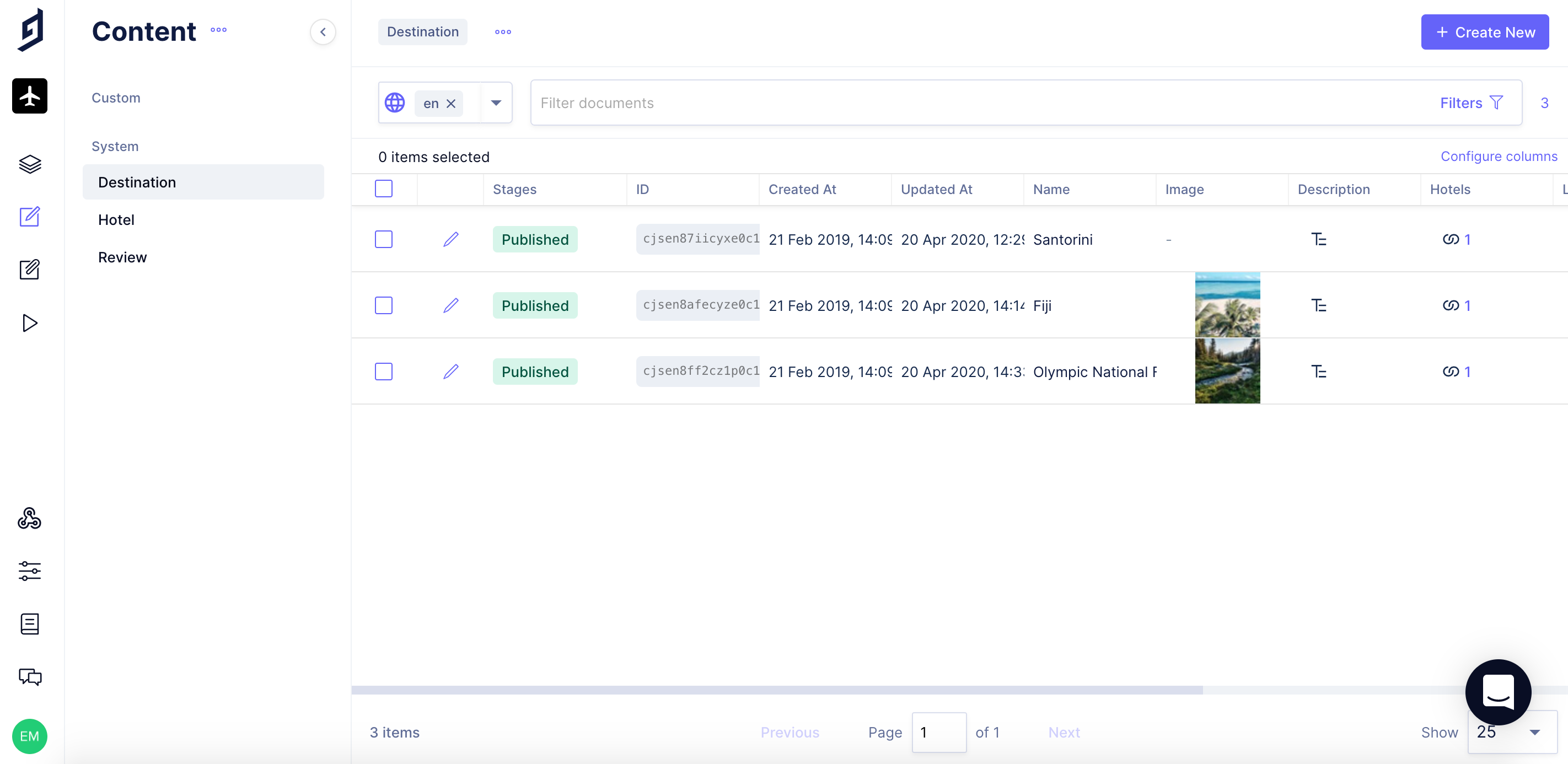What Is Agile Content Management?
This article introduces Agile Content Management, its key benefits, and how Headless CMS systems, like GraphCMS, can allow your business to soar.
Agile content management is all about flexibility, adaptability, and innovation. Alistair Cockburn, one of the authors of the Agile Manifesto, says that Agile involves asking how any problem can be made as small as possible.
Agile content management breaks things down into sizable chunks which allow your team to reassess and refine at every juncture, producing results with finesse and complexity that might have been unimaginable at the outset.
As we move towards a future in which the best brands will be curating every touchpoint a customer has with their business, from websites and beyond, Agile content management can help position your business ahead of the pack. In this article, we’ll explore some key reasons why working agilely produces the best results, and some tips and tricks to get started with Agile today!
CreativityAnchor

CommunicationAnchor
Communication is key in Agile software development. In a time where many coders are going freelance, Agile places importance on co-location. Having members of a team in the same space encourages them to find their identity as a group, aiding communication and collaboration, and minimizing time lost waiting for replies.
In an Agile office, a large display called an information radiator, is given pride of place. It presents an up-to-date summary of the product development status for passers-by to see. Many studies have shown that transparency and communication are huge assets in modern business, enhancing employee satisfaction, relationships with customers, and profits. Working with Agile in this way maximizes opportunities for feedback and communication, both with investors and team members. Why not try putting an information radiator in your office and witness the benefits of transparency for yourself?
The daily scrum is another important part of Agile content management. This is a daily meeting in which team members report what they did the previous day, what they intend to do that day and any challenges they foresee. Meetings such as these are common office practice but in the Agile ‘scrum’, everyone stands. Multiple studies have shown that standing is better for brain function than sitting. Try holding a standing meeting today and see how your team ‘think on their feet’ - literally!
EvolutionAnchor
Working with small units means you can try and test each modular chunk. If the customer response is positive, you can build on it, if not, you can take it in a different direction. This allows for incremental evolutionary development in contrast to waterfall methods which take a big idea and develop software to fit an inflexible unitary principle. Waterfall methods are high risk, clunky and often misfire. The iterative process of Agile allows for regular check-ins and feedback loops with the customer and the team, making sure that software develops in a way that is truly impactful and original.
While the benefits are undeniable, many developers looking to implement Agile work principles have been let down by their CMS as there are few CMSs that embrace the agile mindset. Most CMSs are developed with waterfall methods in mind, meaning a compiled HTML fits a singular product or display and often breaks existing endpoints when new elements are introduced. By contrast, a headless CMS only delivers the content by means of an API, enabling you to work with modular chunks that allow for greater product freedom and making it a much more agile CMS.
For example, let's say you have a list article on your company’s blog. If you want to reuse this content in your app or catalog, normal HTML dictates that you have to build in these features from scratch. However, with headless CMS you can simply rearrange existing modular chunks into your desired format. This allows you to efficiently produce unified software across a diverse range of platforms.
However, not all hope is lost - here at GraphCMS, we’ve created the first Headless CMS that harnesses the combined powers of API staging and GraphQL. GraphCMS allows you and your team to introduce new fields without breaking existing endpoints. One of the only agile CMS options out there with modular ways of working in mind. Get GraphCMS today and watch your team reap all the benefits of Agile content Management!
Wrapping up…Anchor
Agile is undoubtedly the future of content management. A brand’s ability to cope with the changing times and adapt their software accordingly will depend on the agility of their approach. The principles of Agile empower your employees to harness their maximum creativity, as well as the full innovative potential of teamwork. However, to truly reap the benefits of this approach to content you need a truly agile CMS. That’s where we come in. GraphCMS works seamlessly with the principles of Agile content management, allowing your brand to fly!
